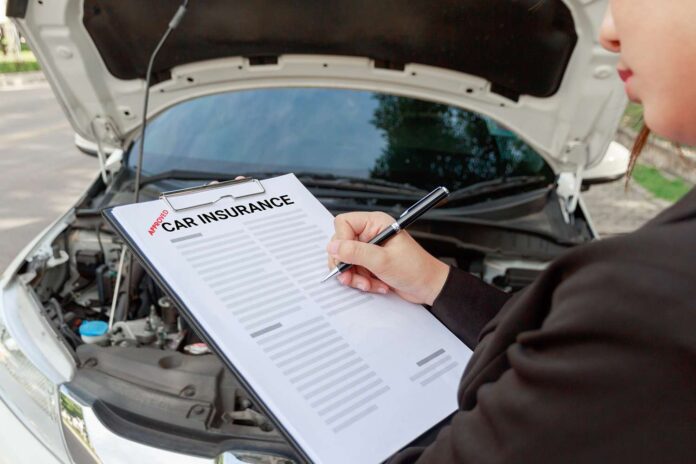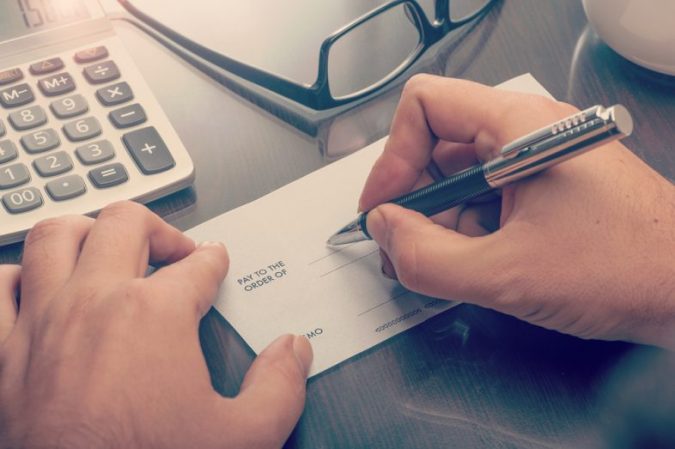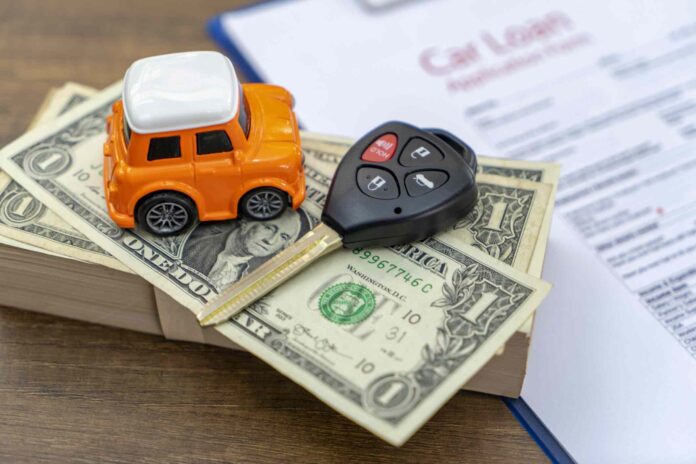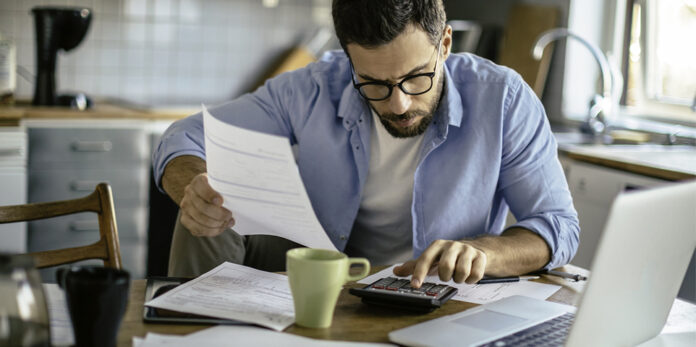
When an auto accident occurs, a person’s first thought is of injuries they may have sustained. If they haven’t sustained injuries in the accident, they may wonder how they will get the car fixed, if a repair shop can fix it, and who will pay for the repairs or replacement. Once the claim is finalized, the driver may receive a settlement.
How does this settlement work? Does it go to the driver whose car was damaged? Will a check be sent? Who will the insurance company make the check out to? These questions are ones many drivers have, and the following guide offered by atlantaadvocate will provide an overview of the answers. However, speak directly to the insurance company issuing the check to ensure accurate answers are received.
Who Receives the Settlement?
Many factors play a role in who receives a settlement check. These factors include who was responsible for the accident, who owns the vehicle, who repairs the car, and more. A driver must understand what is outlined in the insurance policy to know who the company will make the check out to. In addition, they may need to speak to a lawyer to ensure they get a fair settlement for the damage to the car.
Sending the Check to the Auto Body Shop

An insurance company may send the funds directly to the shop responsible for repairing the vehicle. The laws regarding auto insurance payouts vary by state, so the driver must learn what is required in the state where the accident occurred. If the driver will receive the check rather than having it sent to the auto body shop, there are several ways they may receive this check.
Owned Vehicles
When a driver owns a car outright, the insurance company will make the settlement check payable to the owner. The owner must then decide whether to repair the car if it is not totaled. They may choose to have the repairs done. However, if they can drive the car safely without these repairs, they may bypass having work done to the car and use the settlement check for other purposes.
The owner may choose to put the money in an emergency fund or begin building a savings account for a new vehicle in the future. They may also use the funds from the check to pay off credit cards or a medical bill. Another way to benefit from receiving the insurance check is to invest the funds and watch them grow. However, the driver should not spend the money until they are sure the vehicle will last a while longer. They could find themselves without a car if they don’t have a down payment when the current vehicle no longer runs.
Vehicles With a Loan

If the owner has a loan on the vehicle, the check will probably be addressed to both the owner and the lender. The bank retains an interest in the vehicle until it is paid in full. It needs to know the vehicle is ready to sell if the owner fails to make the payments as agreed. The owner must have the vehicle repaired under the loan agreement.
However, the process differs if the insurance check is from another driver’s insurance company. In this situation, the check will typically be issued in the victim’s name only. This does not mean they are free to spend the money however they choose. State law typically requires money to be spent to repair the vehicle if there is a lien on the car. States put this law into place to protect lenders in the event a vehicle that the lender has an interest in is involved in an accident.
Leased Vehicles
Leased vehicles differ in that the owner of the vehicle, typically the lender, has a say in the repairs. For example, the lender may require any parts used to repair the vehicle to be factory parts. Aftermarket parts are not acceptable. The owner of the leased vehicle may also require the lessee to visit a dealership where the car can be inspected to ensure the repairs were completed properly.
Other steps may also need to be taken before the driver of the leased car will receive reimbursement for the repairs. The driver may not be able to pick the vehicle up until this process is complete. The auto body shop making the repairs often determines when the car can be picked up.
The driver might wish to consider investing in gap insurance. If the settlement check does not cover the full cost of a totaled vehicle, the gap insurance will pay the difference.
Who Pays the Deductible?

The check may arrive minus a certain amount. If a driver files a claim against their personal insurance policy, the check will not include the amount of the deductible. If the claim is filed against another party’s insurance company, the check should be for the full amount.
However, state law also plays a role in this. Some states allow fault to be assigned to the drivers in percentages. If the accident occurs in one of these states, the driver or owner of the vehicle may find they are not entitled to the full amount and the check will reflect the share of fault.
Reimbursement for Repairs
Some states require the driver to pay for the repairs. Once the work is complete, the driver may then request repayment. Again, the driver must know the laws of the state in which the accident took place.
Paper Check or Electronic Funds Transfer?
Some insurance companies today complete an electronic funds transfer rather than sending a paper check. Ask if this option is available. Individuals who ask to have the funds electronically deposited often find they receive their settlements in less time.
Drivers must consider many things when they are involved in an accident and the vehicle requires repairs. While the settlement check will be a concern, the safety of the repaired vehicle needs to be the top priority. If the work isn’t done correctly, this puts the driver, their passengers, and other people on the road at higher risk of a second accident, which nobody wants. Find a reputable provider to fix the car and work out how they will receive payment. Once this agreement has been reached, the process can move forward.






